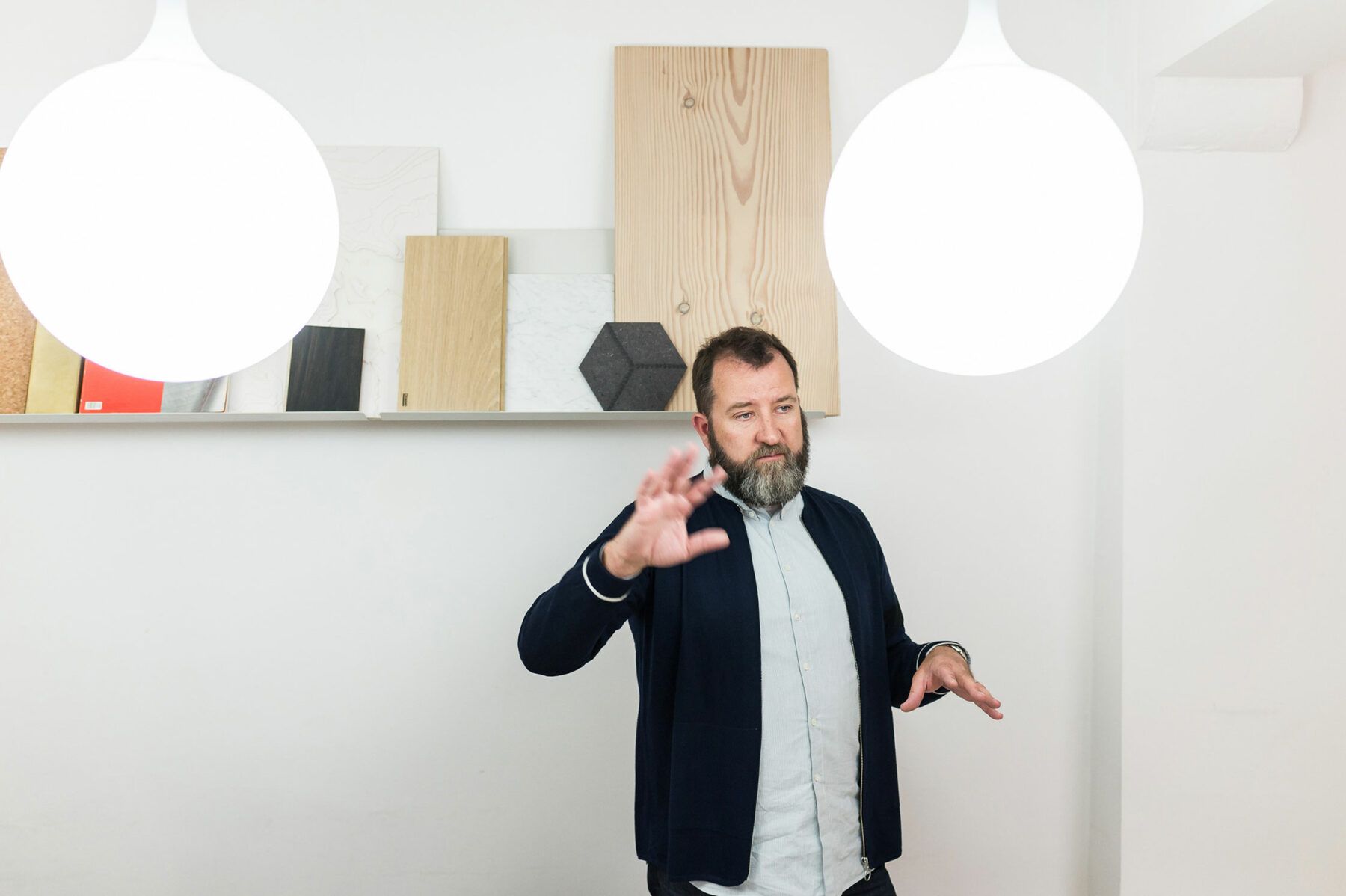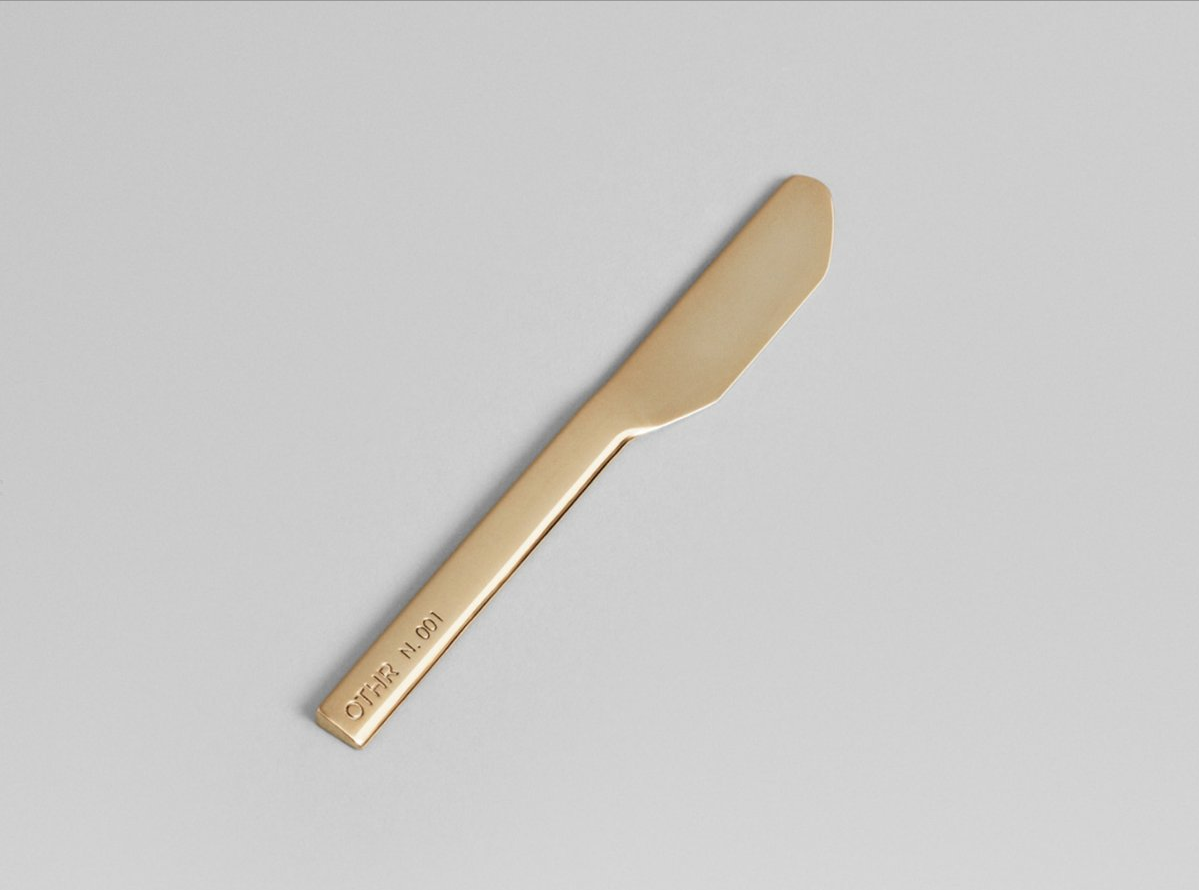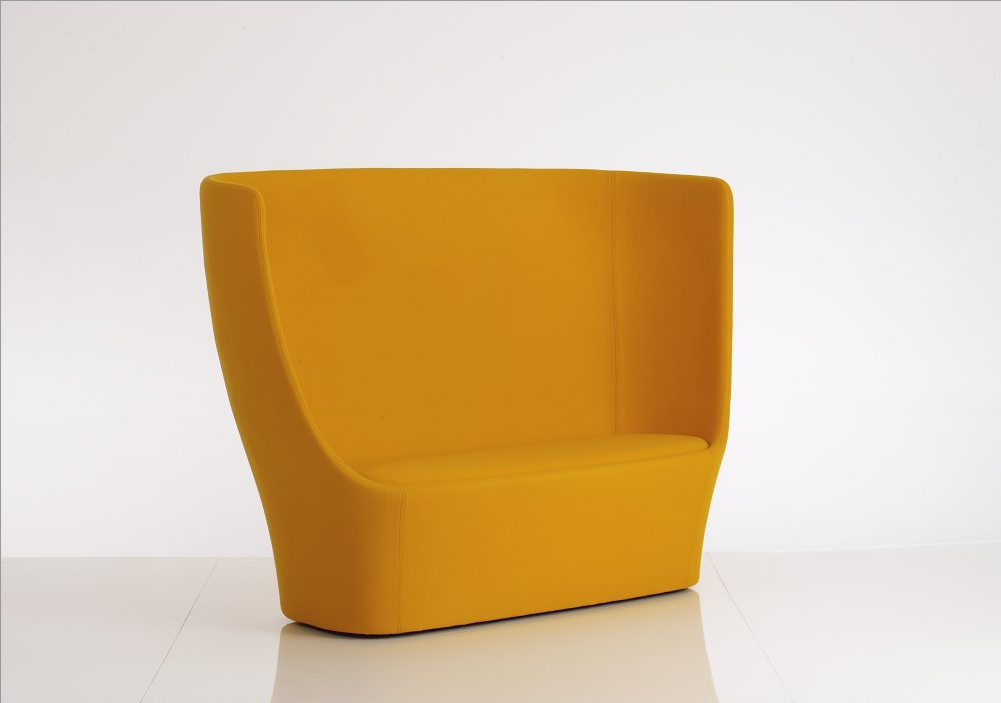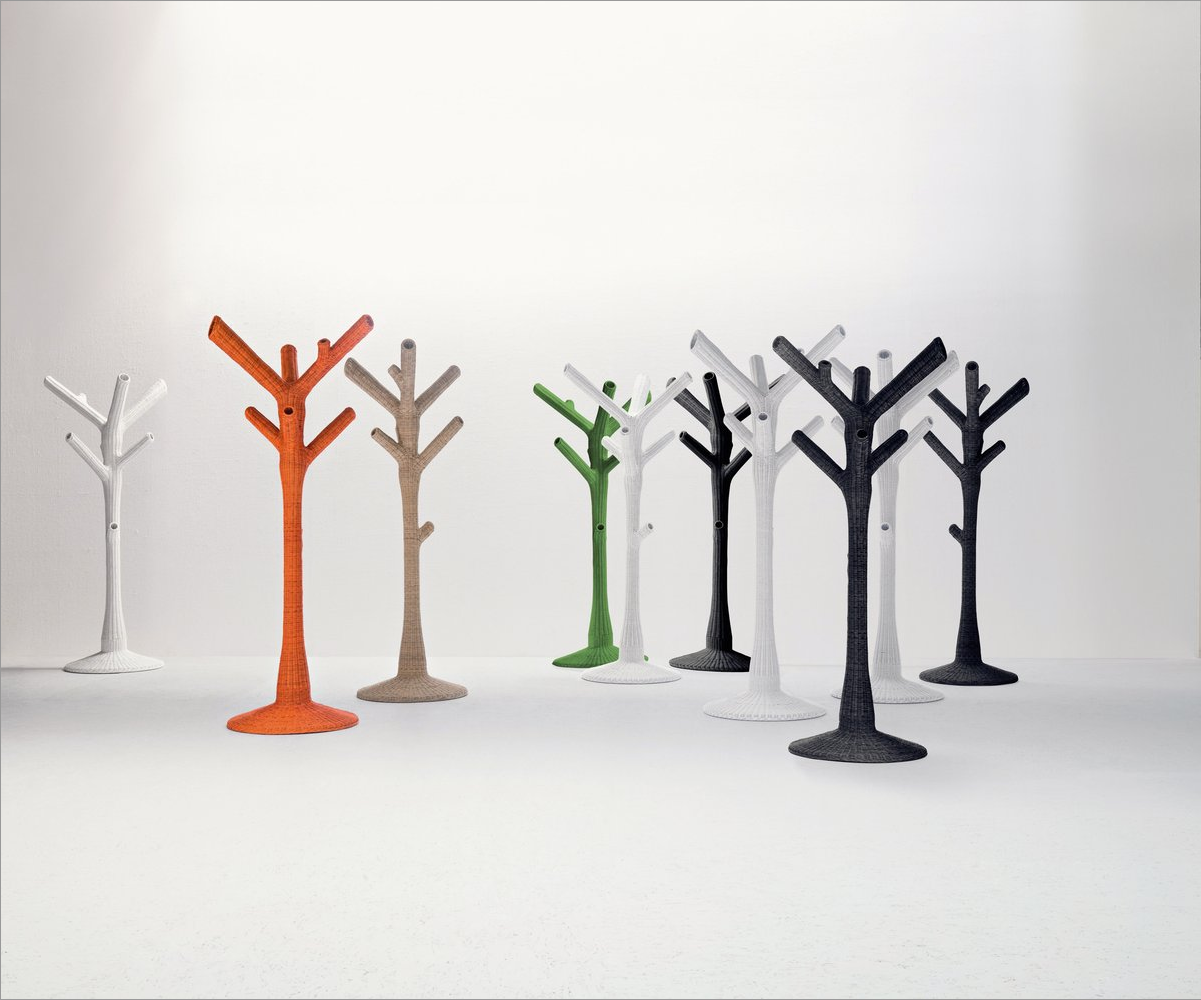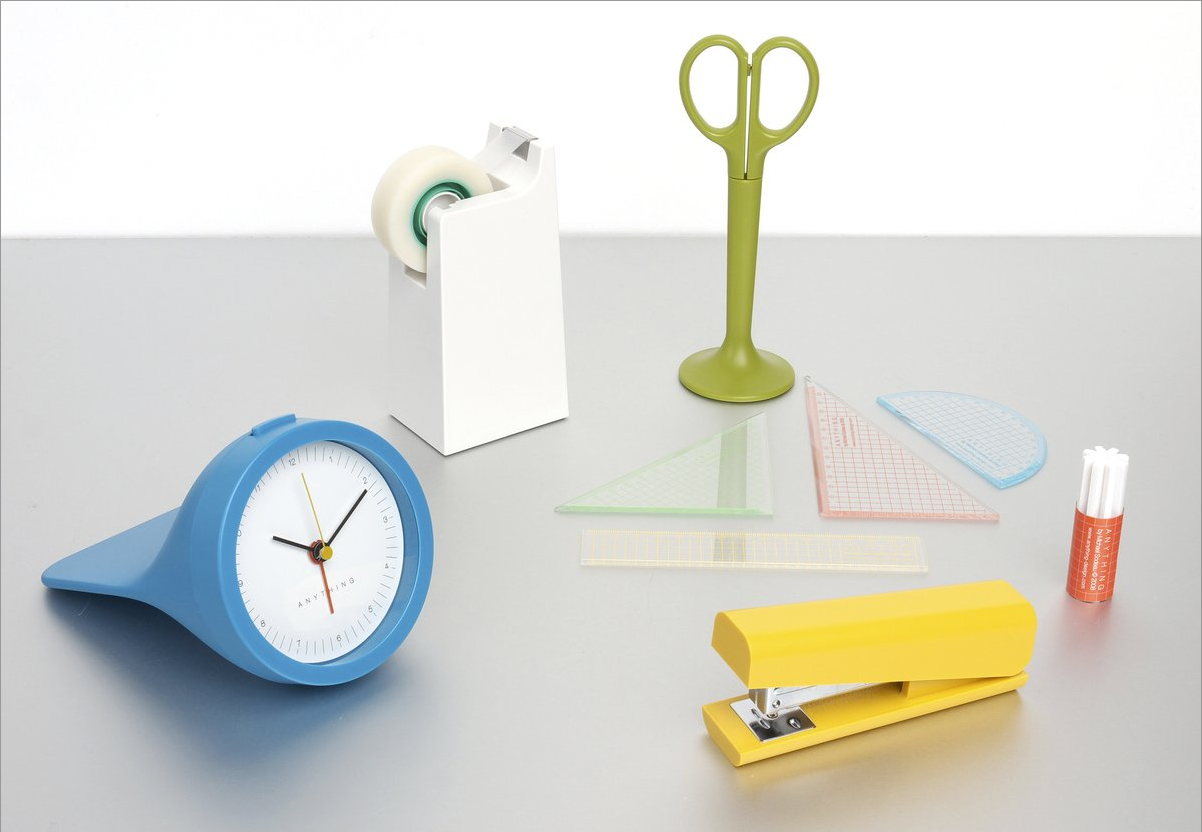For London-based designer Michael Sodeau, diversity is a common theme. In fact, his favorite part of running his own studio is having the freedom to explore whichever avenues of design he wishes.
“One day, I’m designing an eraser and the next day, I’m designing an entire house. I never get bored,” he says.
Michael’s vision, drive and creative fortitude have awarded him the attention of an impressive list of clients worldwide. With such an extensive design history, asking him to choose a favorite project is close to impossible. But, the designer says, he’s always felt a special connection to his stationery collaboration with Japanese company Suikosha, because it’s one of the first that offered creative freedom. While trying to come up with a name for the line one afternoon, he said, “I don’t know—it could be anything!” Thus, the name ANYTHING gave him the flexibility he craved as a designer to venture into new territories. It’s something, to this day, that Michael does best.
This portrait was created as part of our collaboration with OTHR, the forward thinking brand that places cutting-edge 3D technology into the hands of the world’s best designers. Follow along as we profile their international roster of designers. Find the pour-over coffee maker that Michael designed for OTHR here.

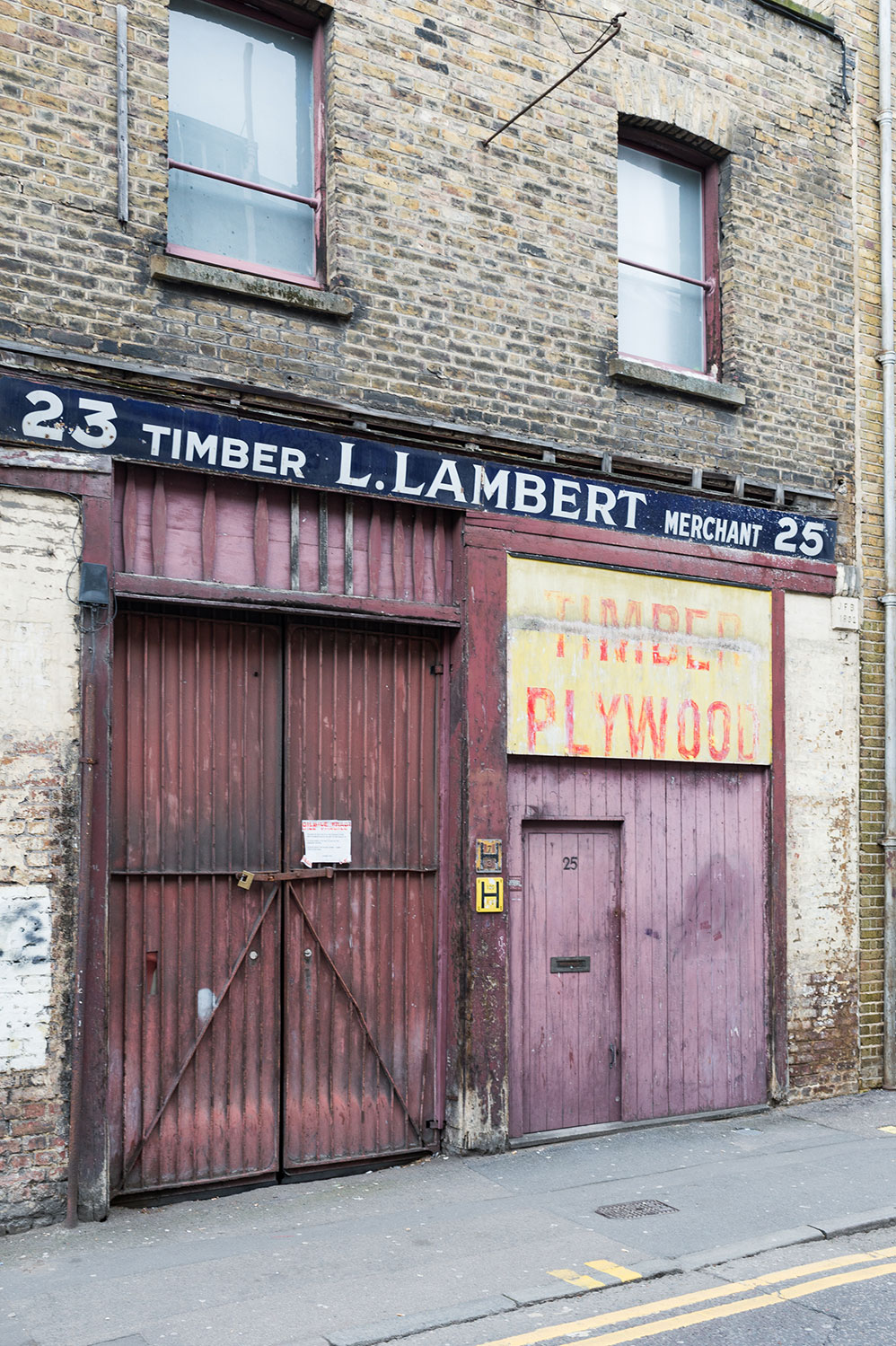
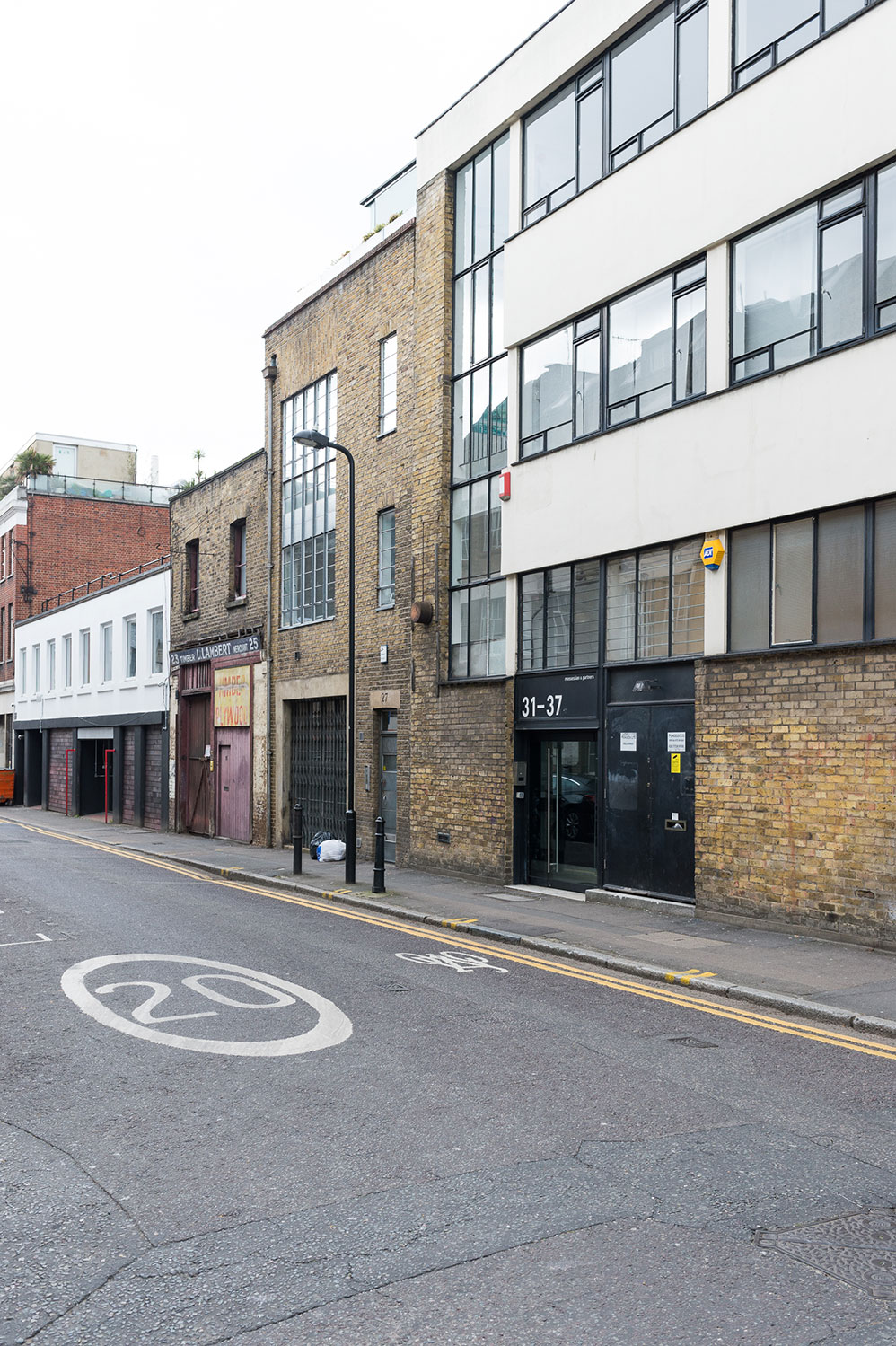
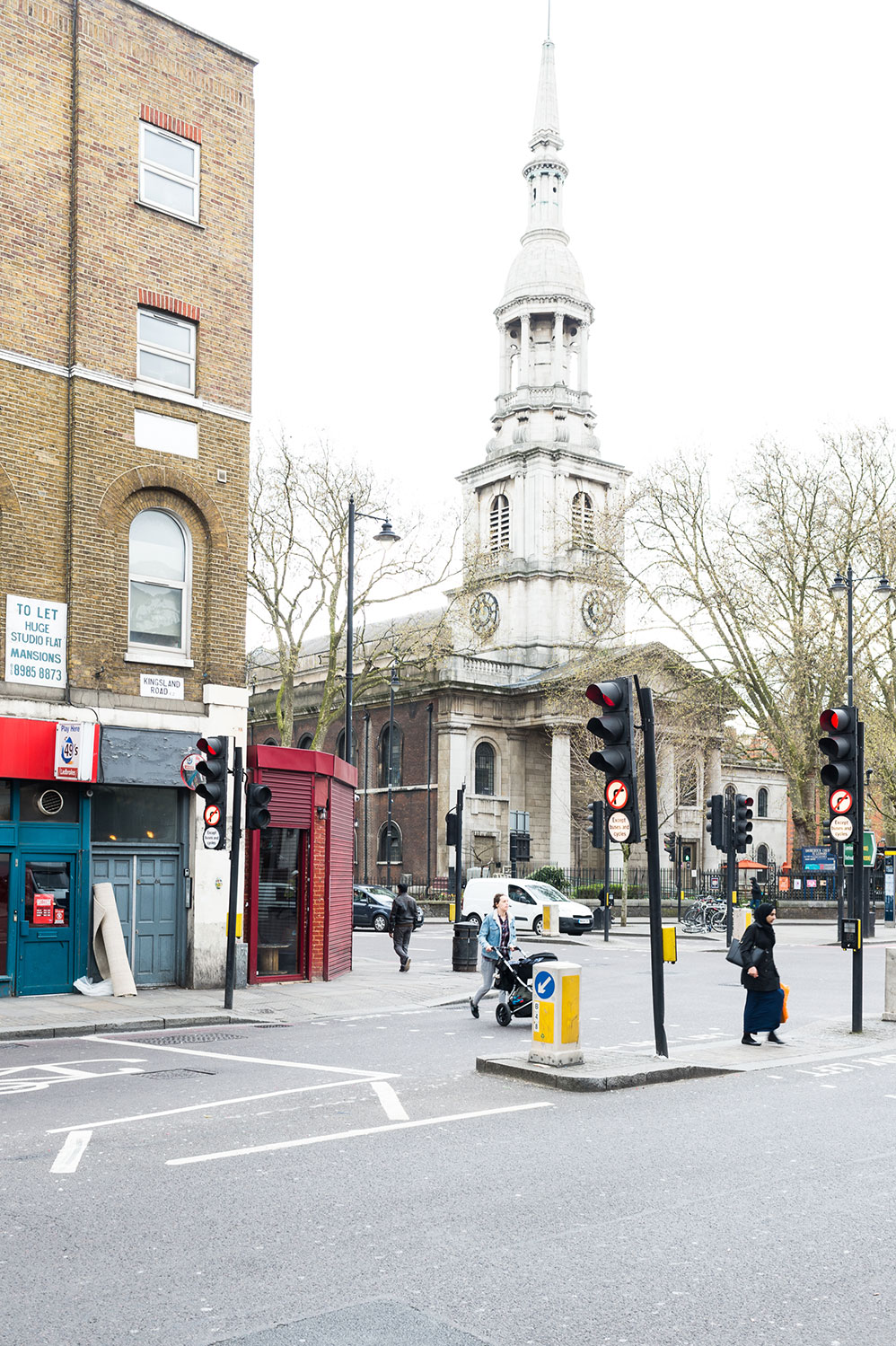
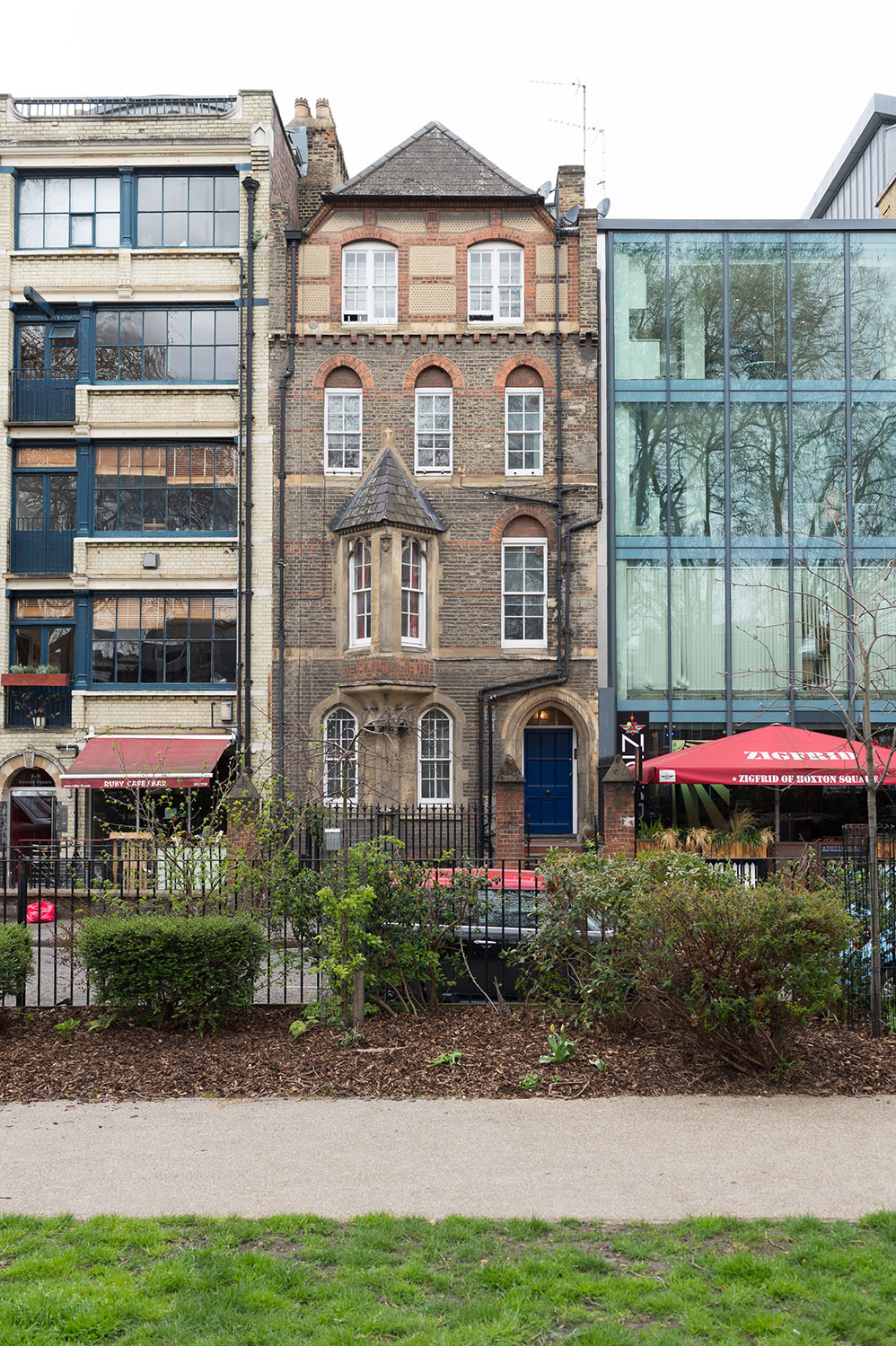
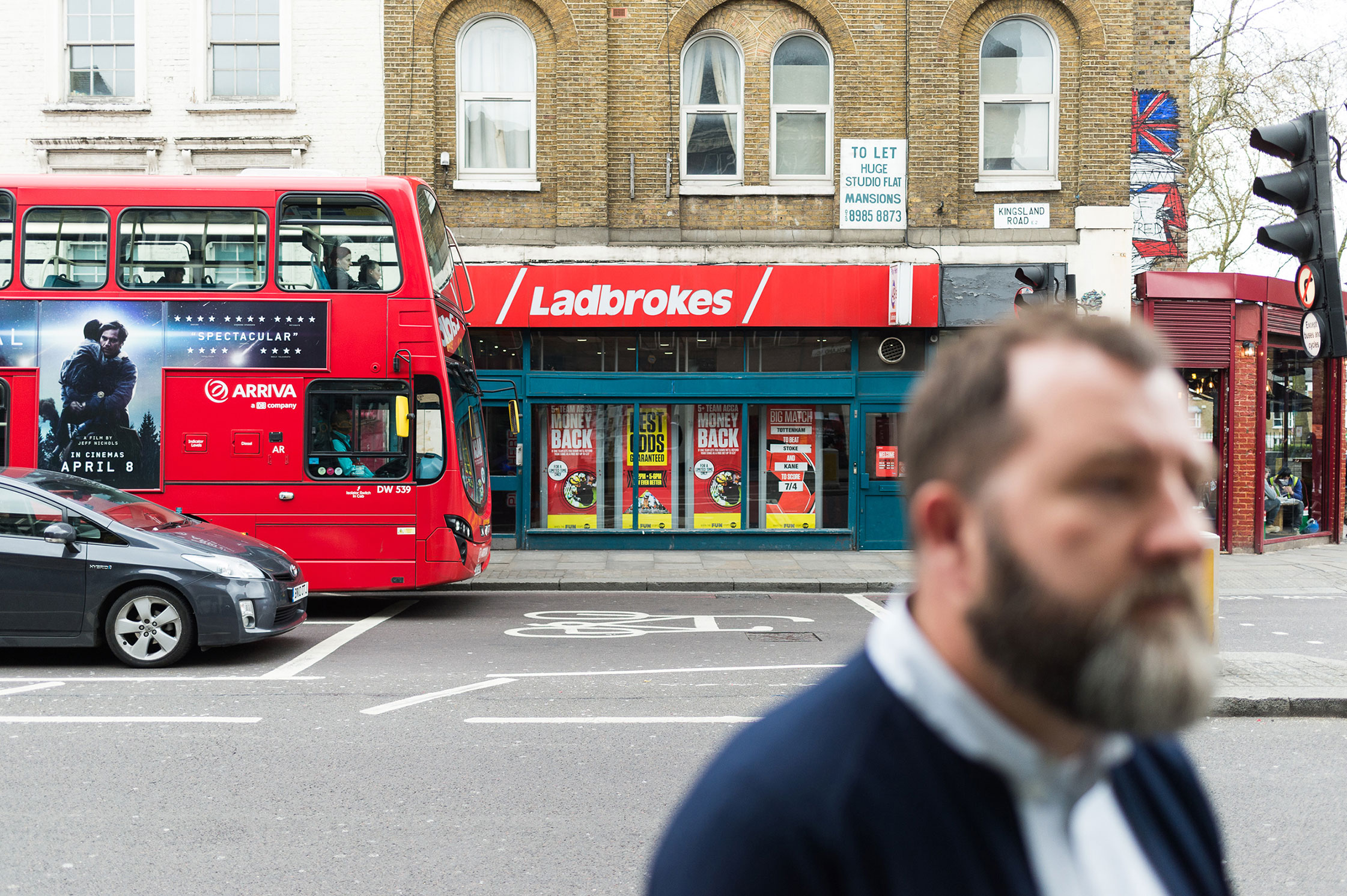

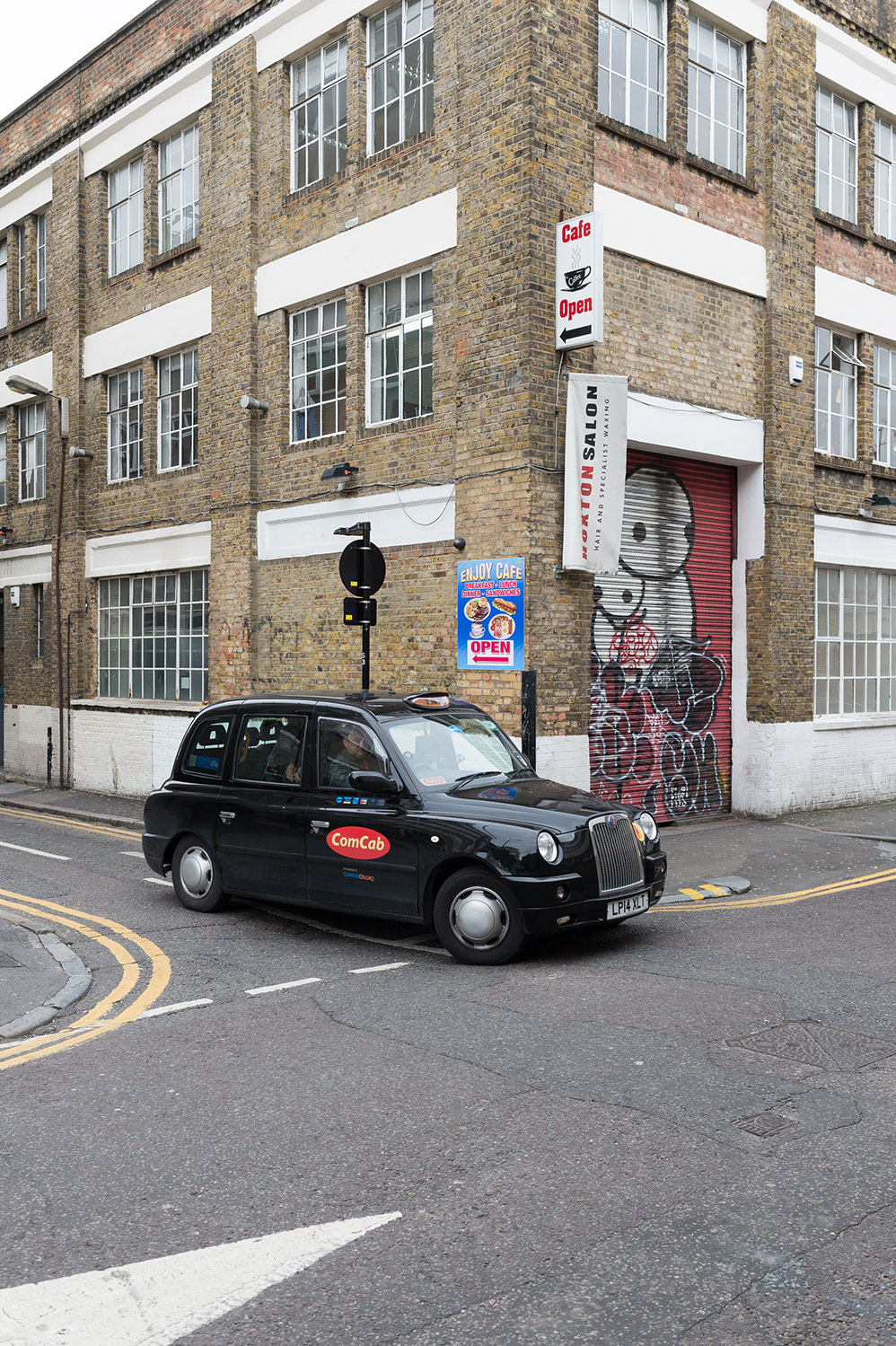
-
Tell us about your background and your earliest experiences with design. What was your starting point?
My earliest experiences were really in college. I went to Central Saint Martins, and I started in the product design program. The best part for me was the physicality of the work. I used to do a lot of designing in the workshops in the evenings. I’d even work with the technicians, trying to access as much material as possible. We also took a trip to Milan at CSM, and we went to the studios of many amazing Italian designers: Bruno Munari, Enzo Mari, Andrea Branzi, Ettore Sottsass, Michele de Lucchi. That’s when I realized the field of design was so free and much more diverse than I’d anticipated. I noticed that there weren’t any real limitations, and that you could, in fact, do as you pleased.
-
Did you start your studio as soon as you graduated?
I set up a company called Inflate when I was still at CMS. We made inflatable products. I finished college in 1994, and we launched the first collection in 1995. I did that for a couple of years, but decided that these types of materials that are really interesting are also quite limiting. I wanted to explore other things and venture into furniture. So I set up my own studio and launched a company.
During Inflate, I got caught in this trap of making and not having time to design. When I left, I decided to design as much as possible. I started subcontracting production for small-scale, small batch projects. We looked at various crafts and processes that could be effective and successful—like ceramics, rugs, cabinetry, furniture-making. We did a line of domestic products called Comfortable Living, and that was really the kickstart of the studio. -
Initially, what was your attraction to the world of furniture design?
You tend to design things that you need. We started specifically with furniture because we thought, ‘ if we need it, other people must need it, as well.‘ It starts there, and then you try to build stories around products. You think about how people are going to interact with them, where they’re going to be seen, how other products will associate with them. That’s how it evolves.
One of the concepts I explored in school was how people related to objects in personal ways. How can an object have a character? When I say character, think about how you might know a car is your car because of the strange noise it makes when it starts, or the fact that you have to press the gas twice before the engine turns. You get to know things by the ways in which they work, the sounds they make, et cetera. The ability of an object to take on a character is very interesting to me.
“You try to build stories around products. You think about how people are going to interact with them, where they’re going to be seen, how other products will associate with them. That’s how it evolves.”
-
You were born in London, and you’ve spent your life here. What do you love about it, and how has it influenced your work as a designer?
London is a place full of very different cultures and various backgrounds. It’s a true melting pot. To that end, the city tends to be much more of an eclectic mix, even in terms of the design world. Having access to such a mix of cultures here in London, as well as traveling, has influenced me in different ways. Actually, I feel slightly less British and slightly more European in a way—experiencing such diversity in one city is incredible. And, obviously, there are always so many things to do here. The convenience of art is amazing, and makes it a great place to be as a designer. I’m not sure that I’d ever want to live anywhere else, really.
-
In your studio, you cover graphic design, interiors and even conceptual web design. How do you bring all of these things together?
It probably comes from the desire to control everything. If we’re on a project, we want to deliver everything that we feel could be relevant to the client. For example, on interior projects if we’re given the opportunity, we’ll design every piece of furniture. We just did one recently where we even designed the floor tiles. If we’d had more time, we’d do the door handles as well. If it’s a restaurant, we’ll speak to the chef to work on graphics for the menus and wine lists. We’ll do cutlery, bowls, plates, glasses. It’s the idea of controlling the whole presentation.
-
Are you a morning person? At what time of day do you most enjoy working?
I’m very much a morning person. I tend to come in an hour or more before we open the studio, because I like to make models when no one else is around. It’s nice to have small-scale models to get a sense of shape, feel and how things will actually exist in the real world.
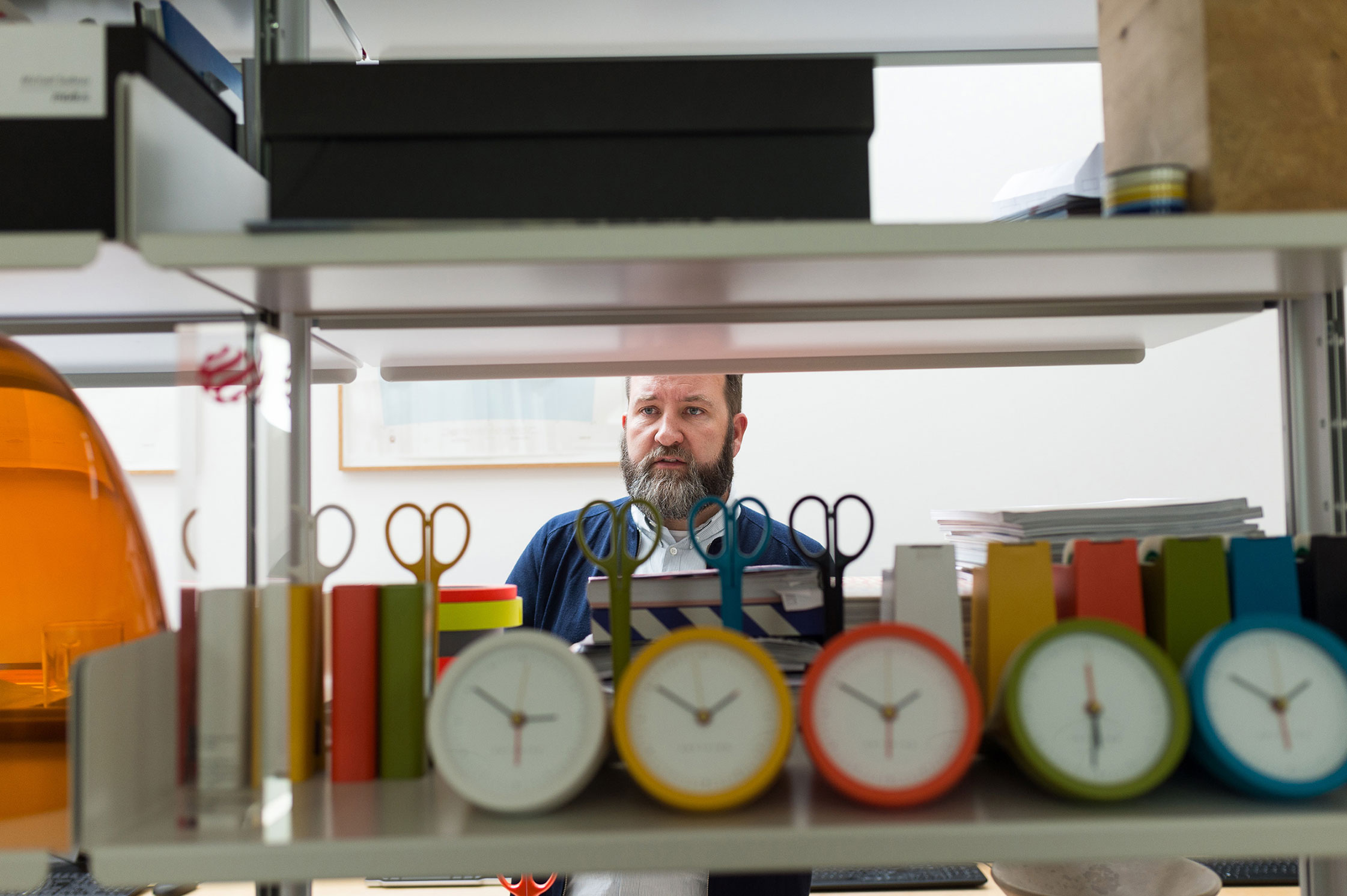
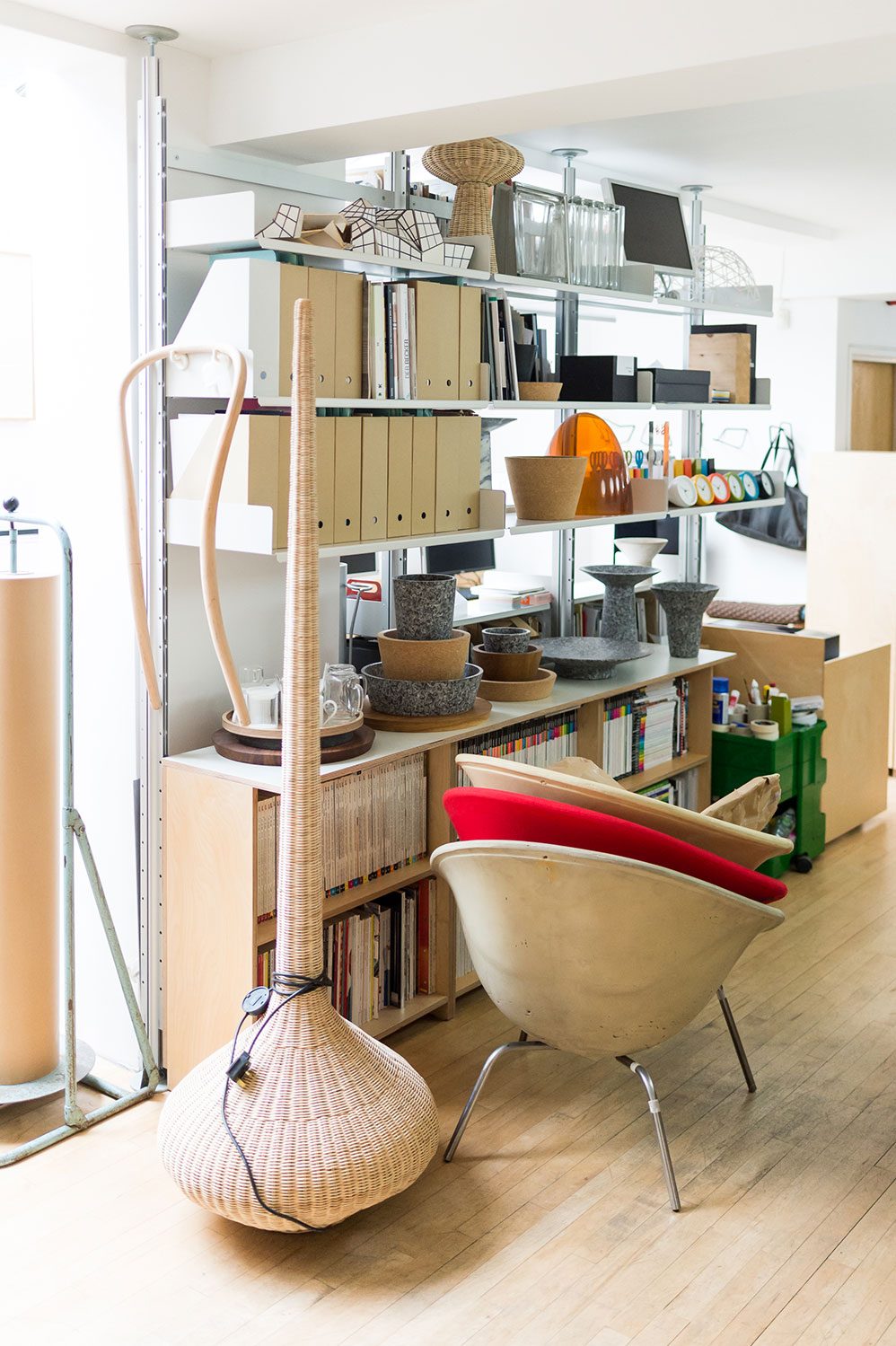
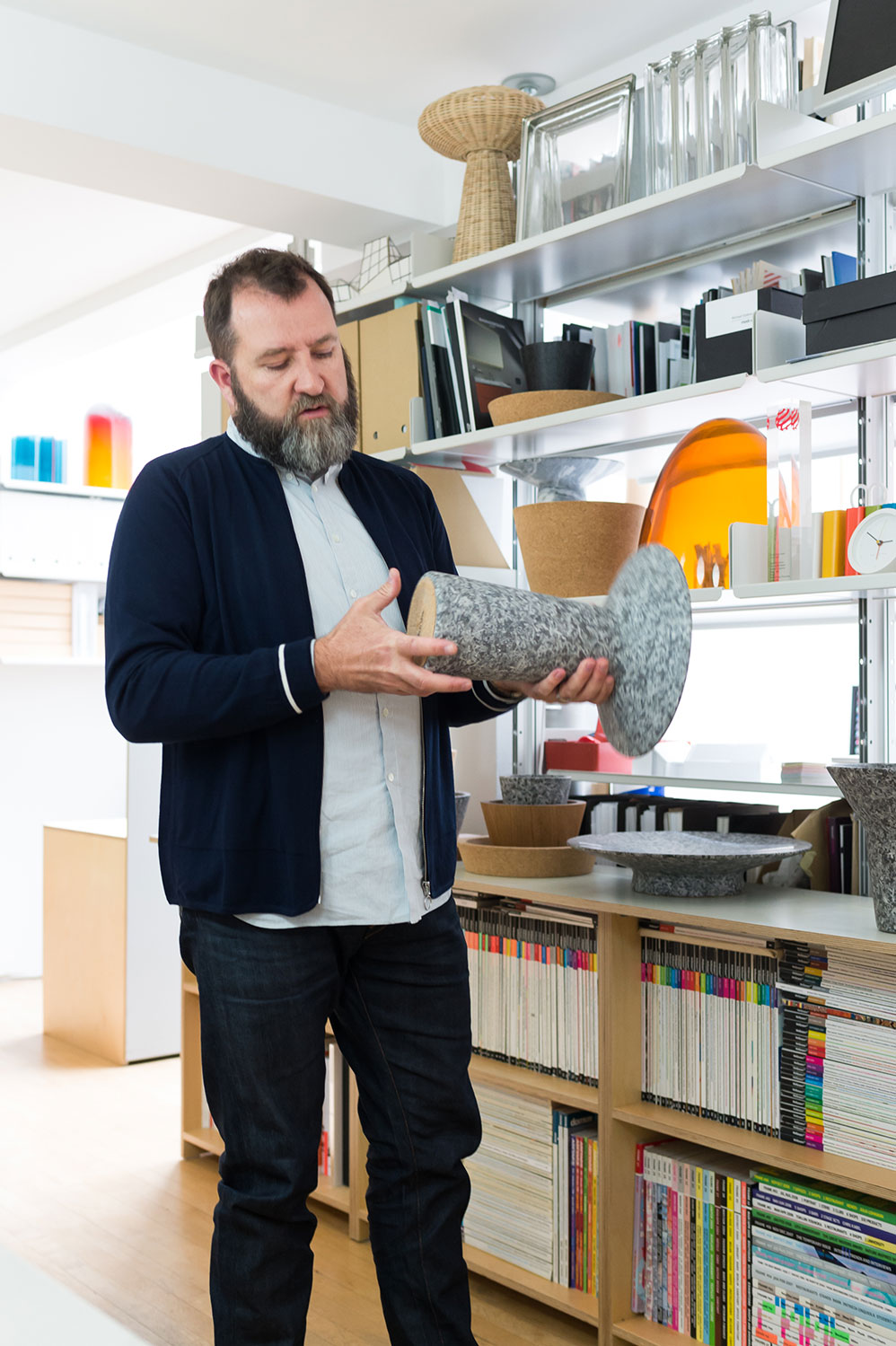
“East London is a very vibrant part of town. Creative people with different backgrounds and careers tend to venture over to this side of town.”
-
When you’re not in the studio, what are you likely to be found doing?
I cycle a lot. Within the city, biking is a good way to find your bearings, but I tend to ride outside of London. The countryside is actually not that far out. If you head north five to ten kilometers, you’re there.
-
Tell us about the area where your studio is located.
We’re on Hoxton Street near Shoreditch. We’ve been in this location for about three years, but in this area for around 17—before we moved here, we were just up the street about a kilometer away. It’s such a great area. East London is a very vibrant part of town, and there are a lot of design studios around here. Creative people with different backgrounds and careers tend to venture over to this side of town.
-
Do you spend your free time in the area? Where do you enjoy going for drinks or dinner?
I really love going to St. John Bread & Wine around the corner. There are also a couple of bagel shops over on Brick Lane that are really great. Tons of bars, too. I don’t always tend to go out over here, though. I sometimes go into Soho, or I’ll go out in North London where I live.
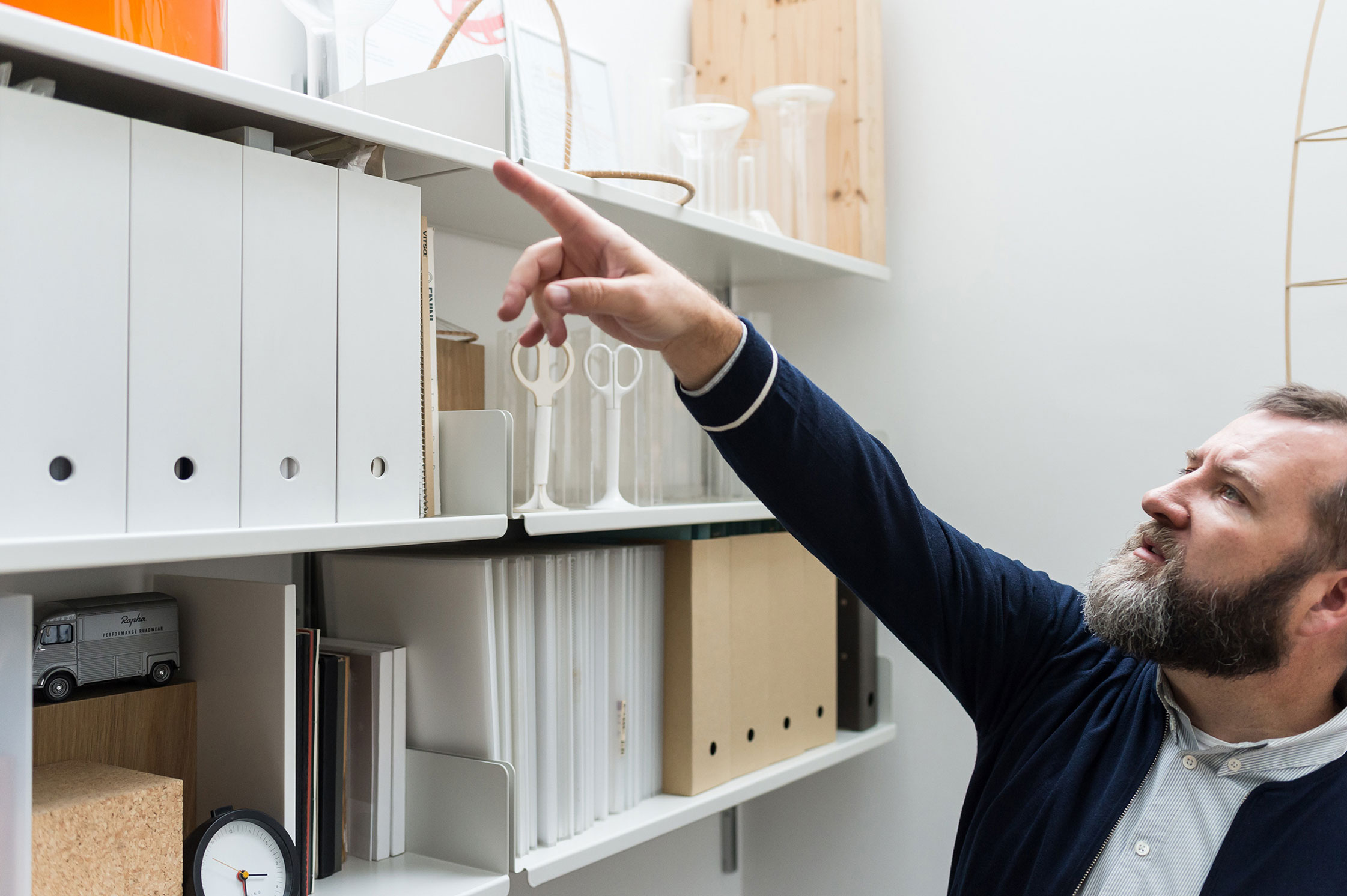
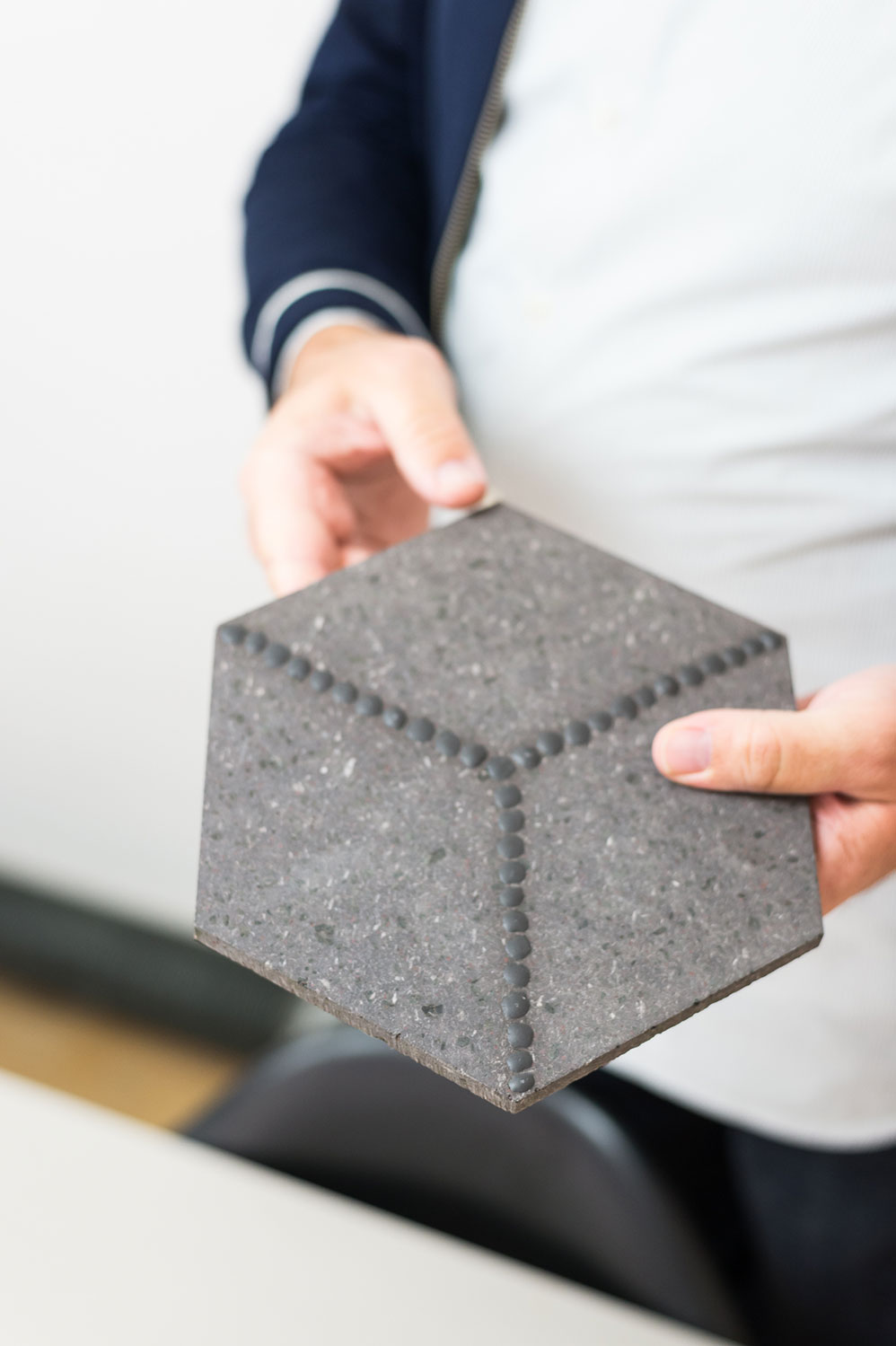
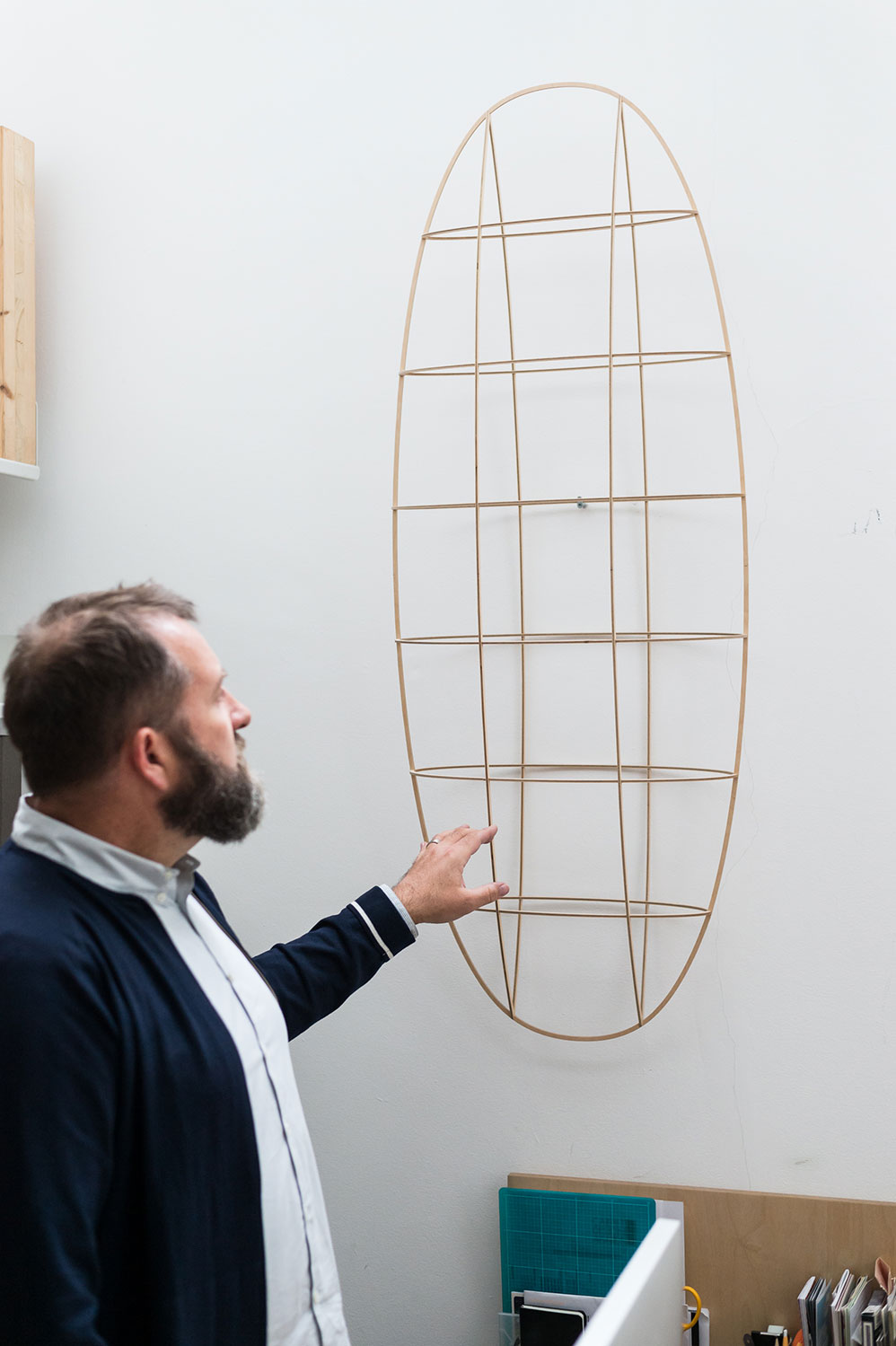
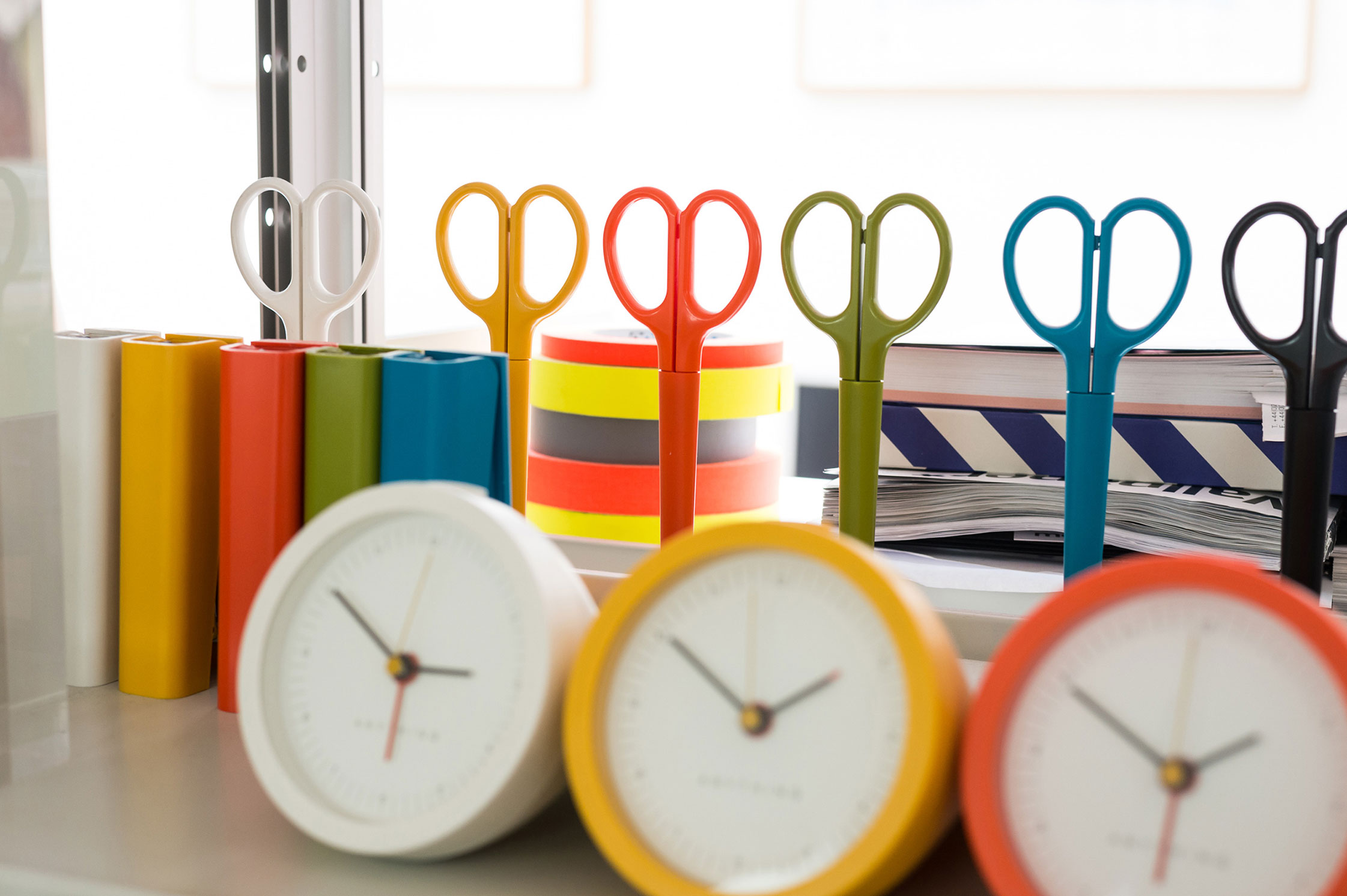
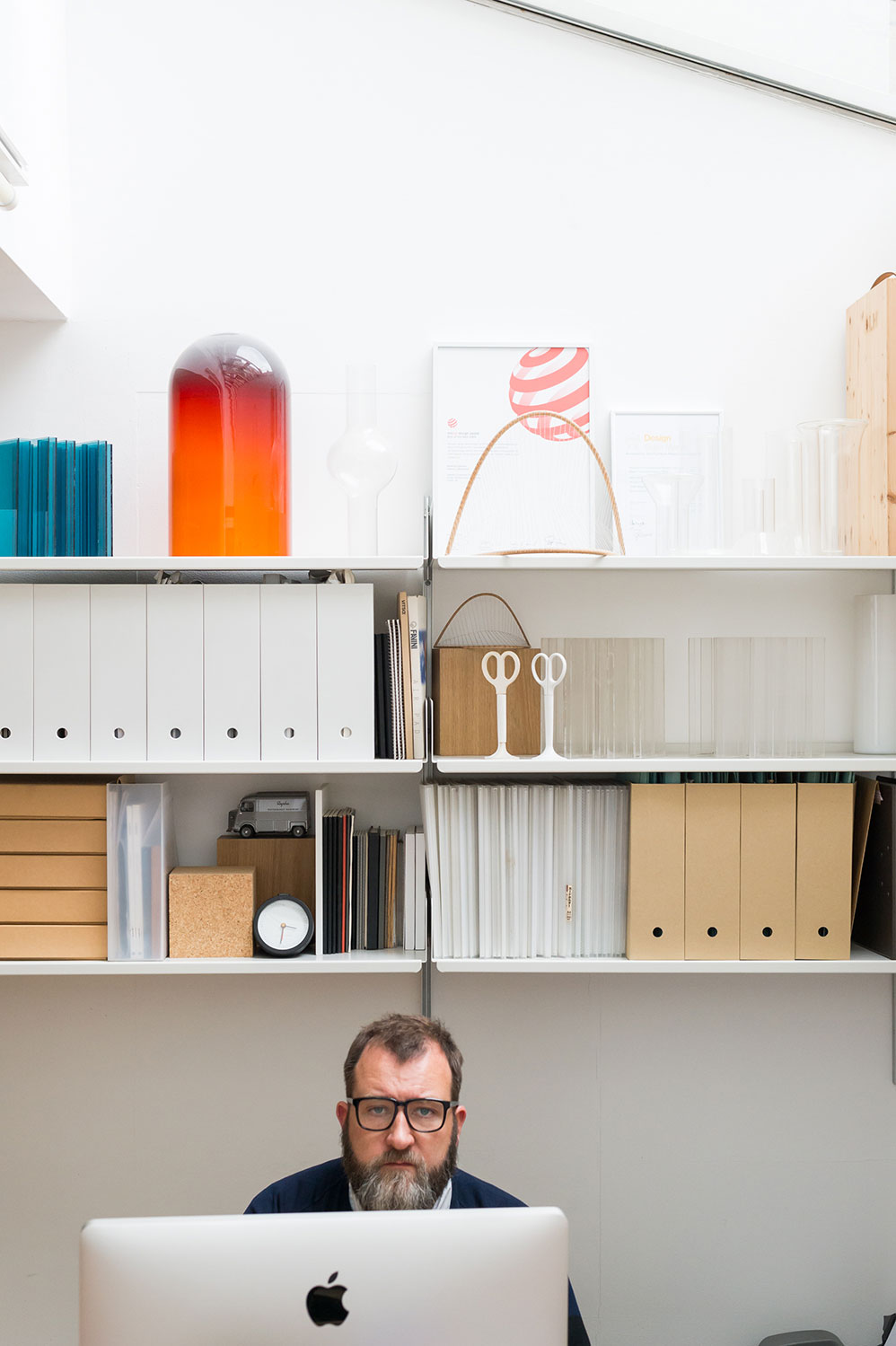
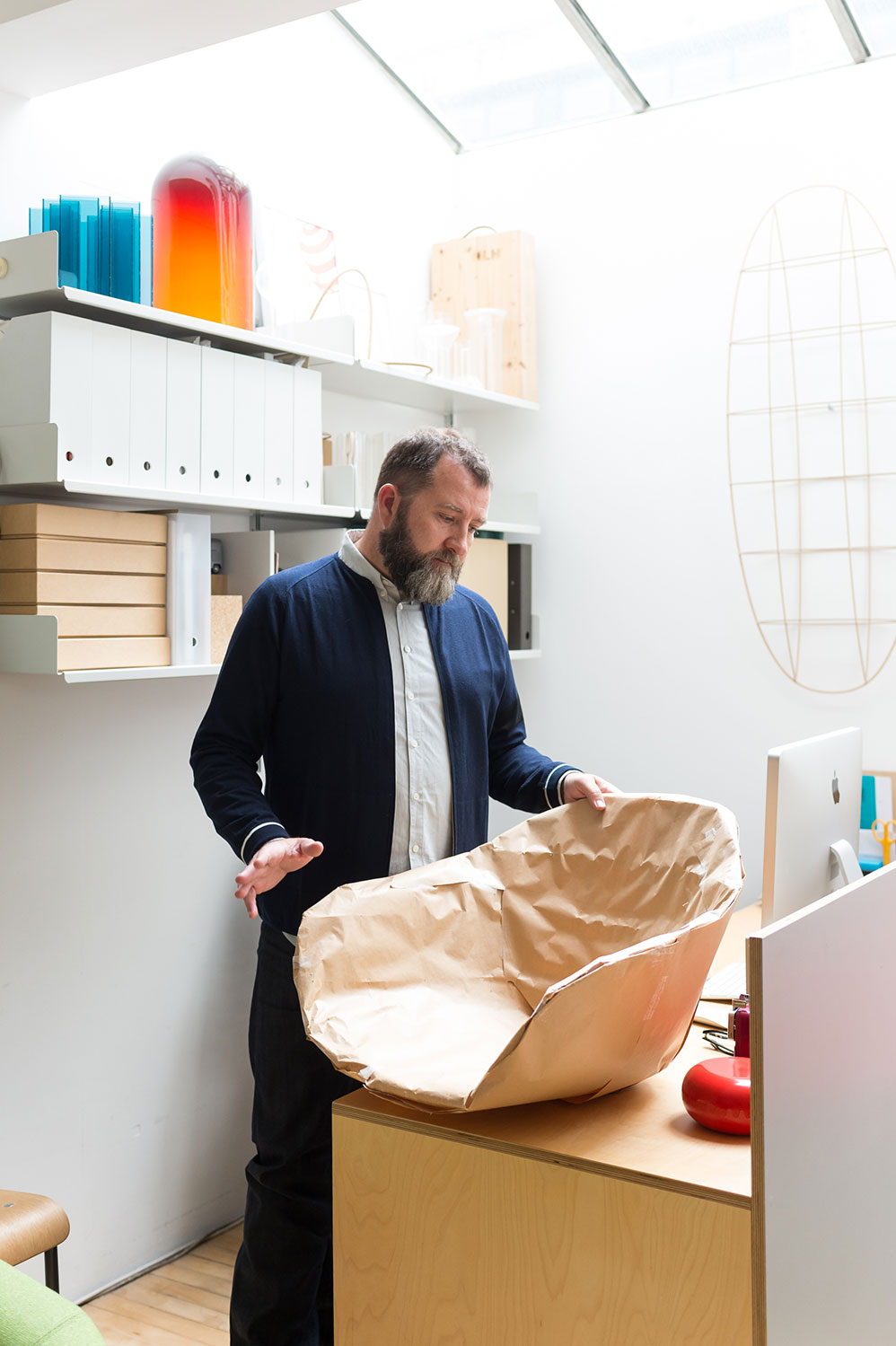
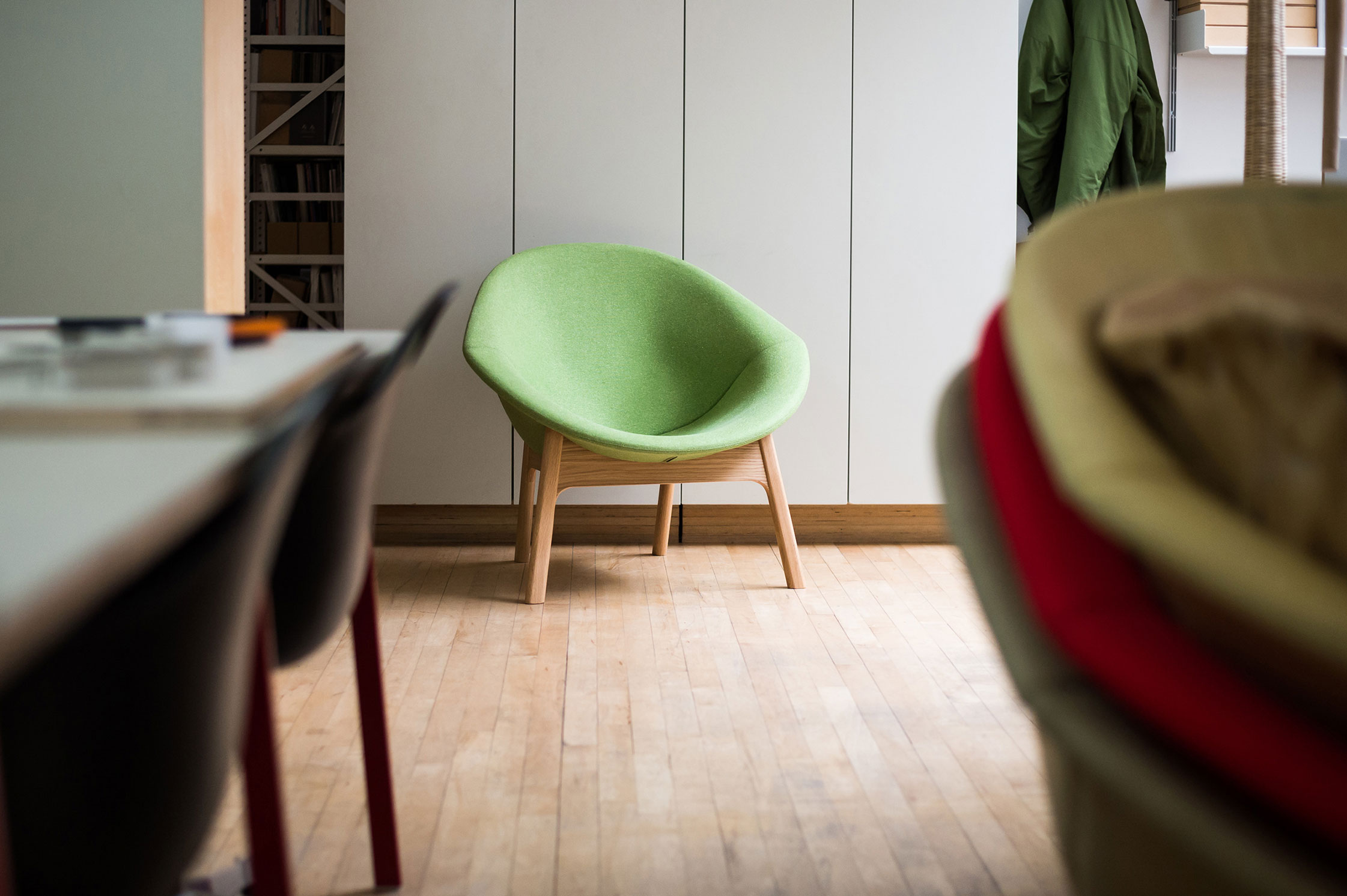
“London is a great place to be as a designer. I’m not sure that I’d ever want to live anywhere else, really.”
-
The Shoreditch area has transformed in the past ten years or so. You’ve definitely seen the evolution.
Absolutely. It’s totally different. I used to live around here in the early 90s, and it was a ghost town then. There weren’t actually any bars, restaurants or anything at all, really. It was incredibly quiet, and no one really came round. It’s hard to imagine it like that these days. Now, it’s the polar opposite of what it used to be.
-
Lastly, bringing it back to design: what do you envision for the future of the industry?
I think you’ve almost got a split between technology and craft these days. On one hand, you’ve got this very detailed and designed thing that’s been manufactured and produced with technology. On the other, you’ve got this object that’s been made by hand. They’re very different approaches. I think it will be interesting to see how those two ideas develop in terms of craft-making and technological advances. In the end, technology drives things forward. But the combination of those two things is really what we’ll keep seeing in the future.
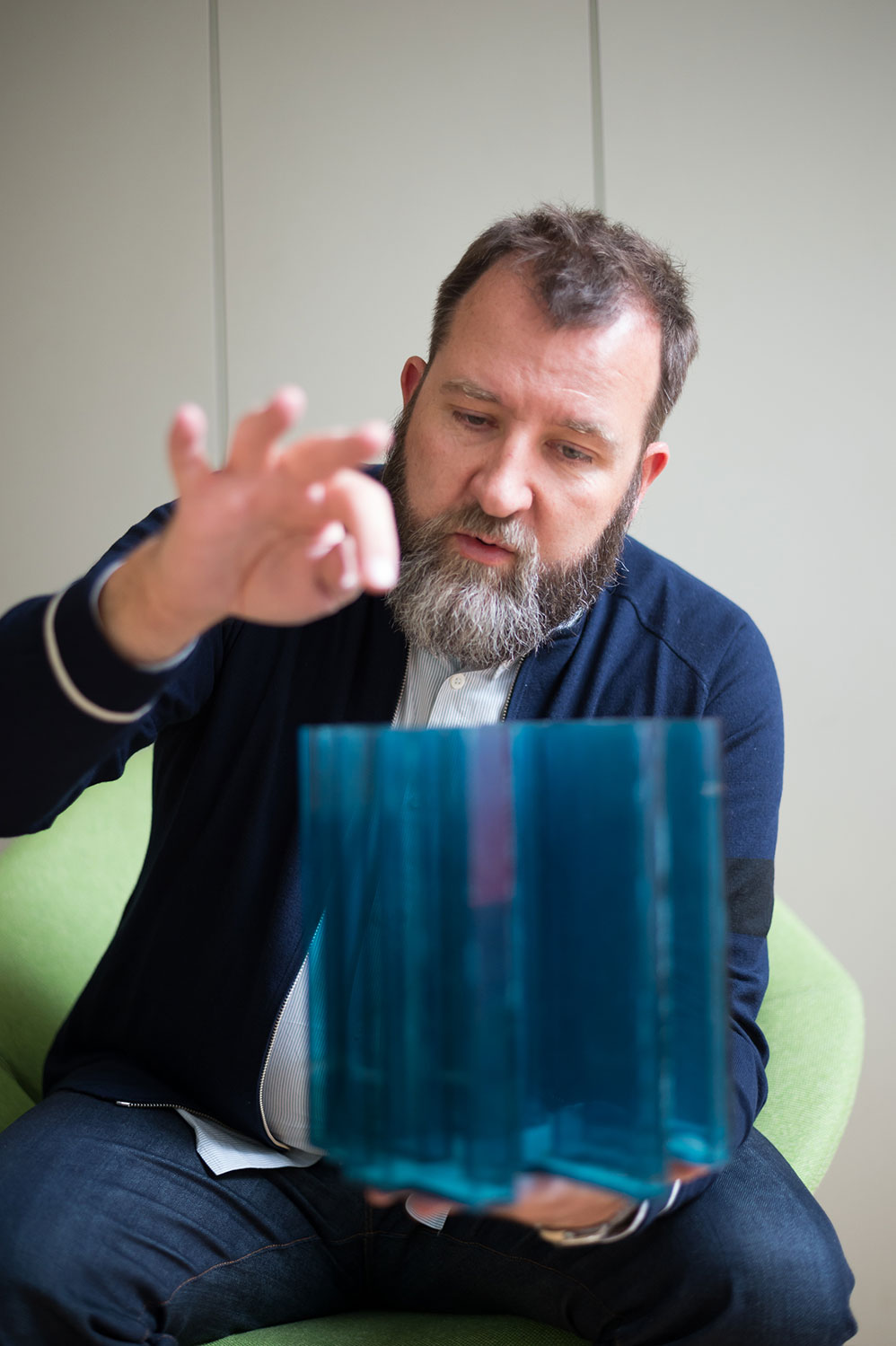
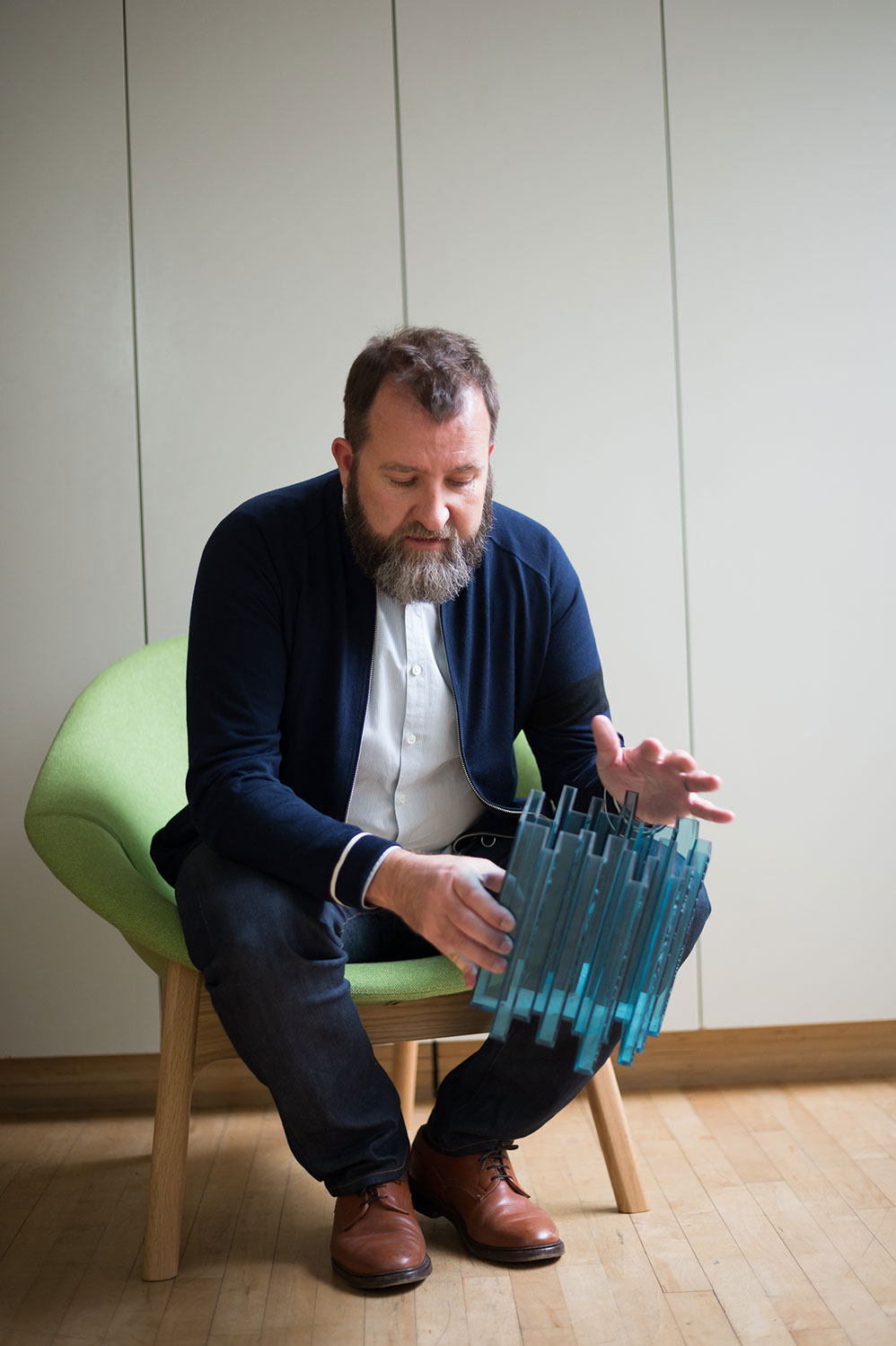
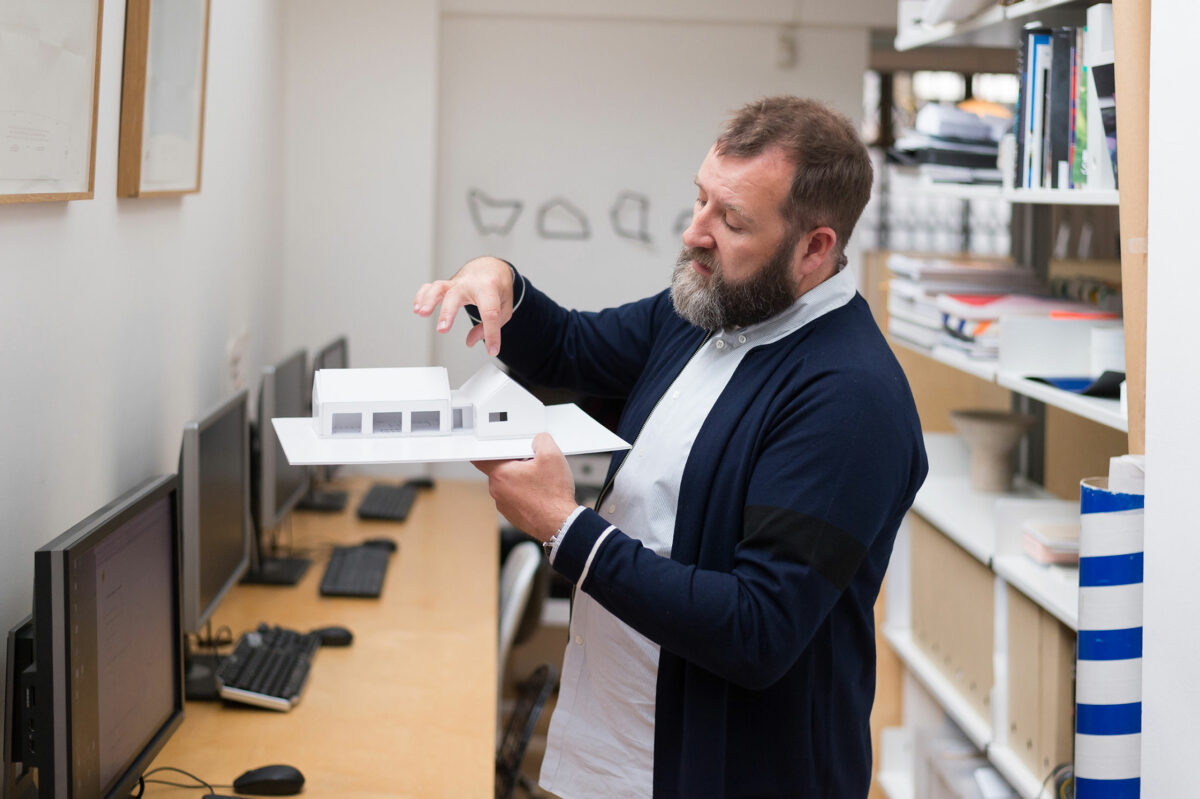
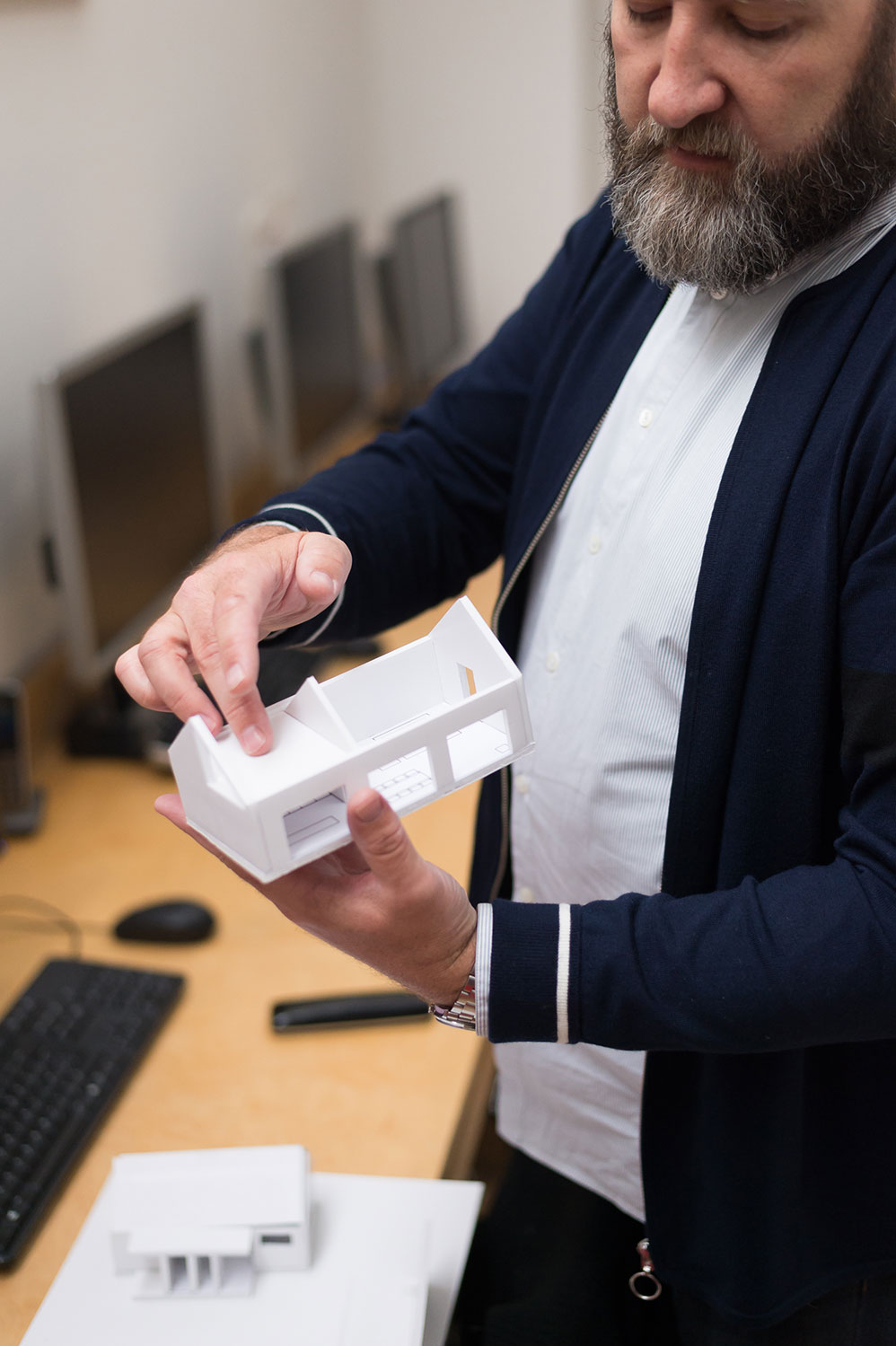
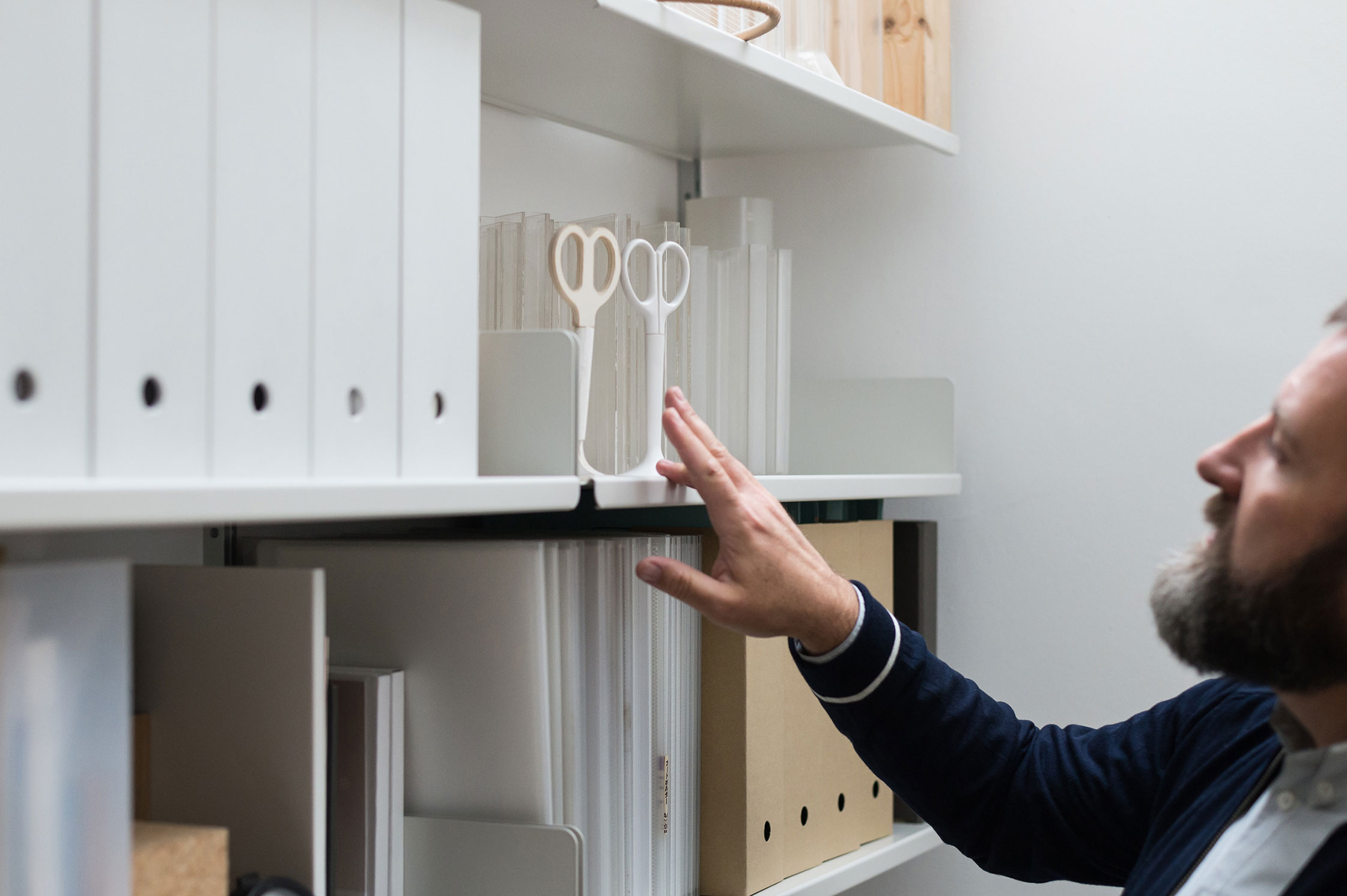
Thank you, Michael, for opening the doors to your studio for us. See more from Michael on his studio website.
Visit our archive to meet more inspiring personalities from London.
This portrait is part of an ongoing collaboration with OTHR, a vibrant hub for unique ideas and new possibilities in design. Visit OTHR for more on this story and many more.
Interview and Text:Sarah Rowland
Photography:Sebastian Boettcher
